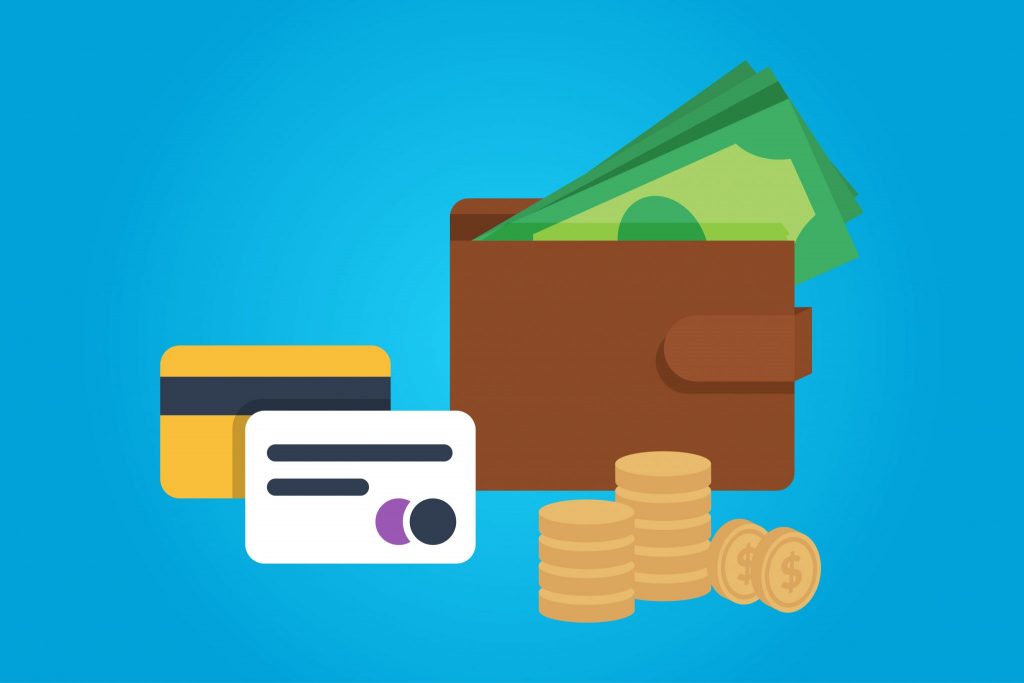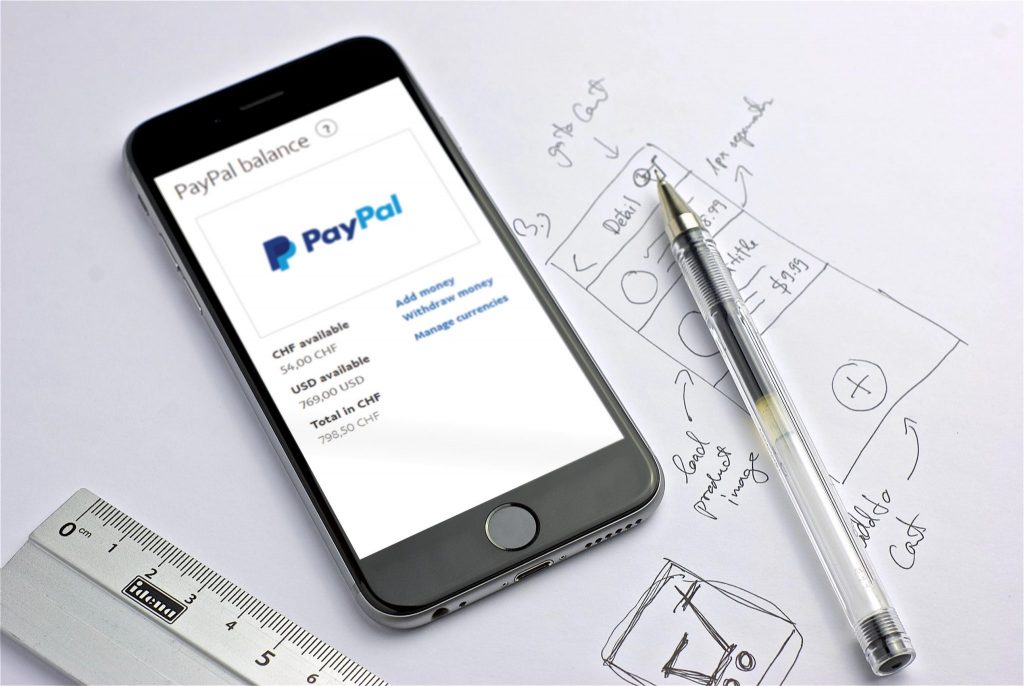The FinTech industry has been witnessing continual innovations to not just prepare the industry for modern day users but also to bring all the traditional services that once called for a bank visit to now happen at the ease of mobile. The time when users had to pay a visit to their bank to transfer money, check their account balance, or even update their passbook to view recent transactions are long gone. With the inception of mobile banking domain, every little task that once happened within the four walls of a bank now happens between the four edges of a mobile screen — a hallmark of the FinTech Era. This FinTech Era has brought 24/7 access of financial services to consumers. This was earlier limited to just the banking hours. There are a number of services that have branched out in the finance industry with the advent of technology. Mobile banking and digital wallets are at the top of the list.
In this article, we will be looking at digital wallets and the role they play in the FinTech industry. Along with that, we will be looking at how they impact the mobile banking app economy. We will also look into the reasons why even after a series of innovations, mobile banking scores low in terms of how disruptive it is.
The concept behind digital wallets
Although not directly related to banking apps, digital wallet apps like Apple Pay, Samsung Pay, and Google Pay are being downloaded and used to a much greater extent than their mobile banking counterparts.
This growth is visible from the growing user base of the wallet apps and how they use them. And the growth of digital wallets is a global trend. All mobile users making a transaction using their devices have the same story to share. In the United States alone, 57 percent of users (which amounts to 60 million people) have used a mobile wallet at least once.
You might be wondering what the reason behind this widespread growth is. The reason is just this — the ability to have one platform that makes transactions a lot faster since it doesn’t require the lengthy process of adding a beneficiary every time you have to make payment to somebody. Because of the quick transaction facility that digital wallets allow both from individual to individual and between individuals and businesses, the technology has been able to become the most used element of the FinTech Industry.
It is time to delve a little further into the technologies that drive this universally accepted concept.

Technologies behind a digital wallet application
1. Online payments
This feature is most important when we talk about a digital wallet app.
The app will have to be connected with the third-party payment APIs such as Authorize.net or Braintree to make it possible for users to make payments through the wallet. But this is a core utility of a digital wallet app.

2. Point-of-sale integration
Most of the modern day digital wallet apps have the functionality of enabling cross-platform payments. It means that the app, with the help of technologies such as RFID and NFC, makes it possible for the users to make contactless payments through their wallet app. Though not yet mainstream, this is extremely convenient and may soon become very popular.
3. Person-to-person payments
One of the technologies behind the success of digital wallets is peer-to-peer payment systems. The app should allow two users to send and receive money to each other.
APIs from Braintree and Stripe are generally used by mobile app development companies to enable peer-to-peer payment functionality in the app.
4. QR codes
QR codes have become the modern name synonymous with digital wallets and mobile payments. An item carrying a QR code on top of it has become a common sight among a number of retail outlets around the globe.
The technology gives a new meaning to the cashless and cardless payments economy. As for the integration part, the one library that developers swear upon is ZXing library, which is used for the creation and recording of the data.
The fact that they offer quick log in and log out for users along with the ease of adding beneficiaries and entering the credit/debit card information for every transaction, also makes digital wallets come out ahead of banking apps.
The state of mobile banking apps
Unlike a digital wallet app that only works around a set of core features, a banking app is a lot more comprehensive. There is a whole range of different features that need to be present in a mobile banking app to save the users’ time from visiting a bank. Mobile banking apps have resulted in a consumer demographic trend. People who earlier relied on visiting banks or spent their time in telebanking have now moved to conducting transactions through mobile apps.
Offerings of a banking app
When you compare the app feature list of a digital wallet app to the mobile banking app, you will find that mobile banking apps are a lot more comprehensive. Here is a list of the features that are commonly present in a mobile banking app:
- Check account balance.
- Transfer money between accounts.
- GPS navigation to find ATMs nearby.
- Money transfer from person to person or between individual and organization.
- Payment scheduling.
- Notifications related to account usage.
- Personal finance management — opening and closing of deposit accounts and trading.
While these seven features are the ones that are commonly present in a mobile banking app, the app category is now expanding to include technicalities like AI and machine learning to understand the user’s spending behavior and suggest the right investment tool or an insurance plan accordingly.
It’s now up to the banks
Even though the number of banks that have expanded into the digital wallet domain are still very few, the industry is now very slowly moving in the direction of becoming a more modern platform for users. With the help of better development teams and a set of robust software tools, banks are now preparing to introduce their own digital wallets. But will they move fast enough to save the mass migration of their customers to digital wallets?
Featured image: Wikimedia



